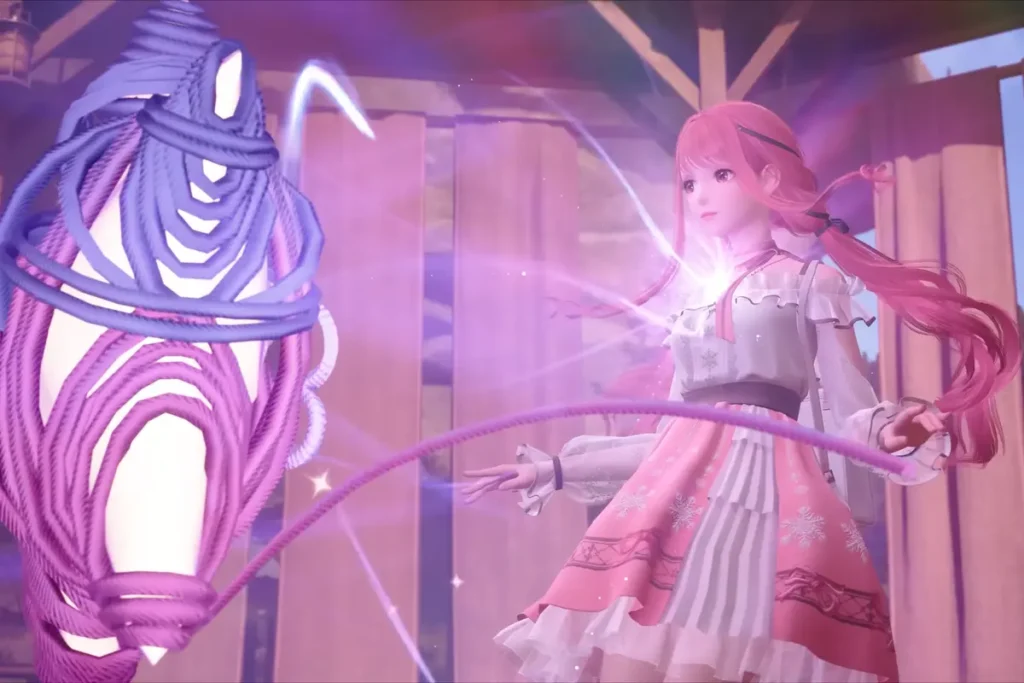Summary:
- The One Ring exhibits characteristics of sentience, tied to Sauron’s essence in The Lord of the Rings.
- It manipulates events and bearers through psychological influence and probability.
- While not alive, it acts as an extension of Sauron’s will and malice.
- Its central role in The Lord of the Rings plot highlights themes of power, temptation, and corruption.
The One Ring in J.R.R. Tolkien’s The Lord of the Rings is more than just a magical artifact; it drives the story, manipulating characters and events to achieve its ultimate goal. While it is not alive in the traditional sense, its sentience-like qualities rooted in Sauron’s essence, make it a uniquely malevolent force in Middle-earth.
The Nature of the One Ring: Sentience or Simple Enchantment?

The One Ring is a fascinating creation, both in its powers and its connection to Sauron. It blurs the line between an enchanted object and something resembling life.
- Connection to Sauron: The Ring contains a portion of Sauron’s cruelty, malice, and will to dominate, as Galadriel explains in the prologue of Peter Jackson’s The Fellowship of the Ring. This connection allows the Ring to exert influence, subtly guiding events to return to its master. As Gandalf notes, “Sauron made that Ring himself; it is his, and he let a great part of his own former power pass into it.”
- Agency and Manipulation: The Ring demonstrates purposeful behavior, such as slipping off Isildur’s finger during his escape or conveniently landing on Frodo’s hand at The Prancing Pony. Gandalf explains this further in The Fellowship of the Ring, saying, “The Ring was trying to get back to its master.” However, it relies on bearers for movement, manipulating probabilities rather than physically acting on its own.
- Psychological Effects: The One Ring’s most profound power lies in its ability to corrupt its bearers. It tempts them with their desires, amplifies their weaknesses, and induces obsession. This is evident in Boromir’s fall into temptation at Amon Hen and Gollum’s centuries-long transformation into a wretched creature consumed by its influence.
- Comparison to Other Artifacts: Some fans liken the One Ring to a Horcrux from Harry Potter, as both contain a fragment of their creator’s essence. However, the Ring functions more as an extension of Sauron’s will than an independent entity.
Ultimately, the One Ring is not alive in the traditional sense but acts as a programmed force bound to Sauron’s malevolence.
READ MORE: GTA 6 vs. GTA 5: Can It Ever Surpass the Legend?
The Role of the One Ring in The Lord of the Rings Plot

The One Ring serves as the central catalyst for the events in The Lord of the Rings, influencing characters and driving the overarching conflict between good and evil.
- A Symbol of Power and Corruption: The One Ring symbolizes the allure and danger of absolute power. It amplifies the darker aspects of its bearers, tempting them with promises of strength and control. This is most evident in Frodo’s internal struggle as he nears Mount Doom, as well as Boromir’s tragic moment of weakness.
- Frodo’s Burden: Frodo’s journey to destroy the One Ring forms the backbone of the trilogy. His mission represents not just physical endurance but also moral resilience, as he resists the Ring’s corruptive pull.
- Conflict and Resistance: Sauron’s relentless pursuit of the Ring—via the Nazgûl and his armies—drives much of the tension. Meanwhile, the Fellowship’s struggle to protect Frodo and resist the Ring’s temptations showcases the power of unity and sacrifice.
- Climactic Resolution: The destruction of the One Ring in Mount Doom marks the climax of the story. Frodo, overcome by the Ring’s influence, cannot let it go. It is only through Gollum’s intervention—his obsession driving him to seize the Ring—that it is ultimately destroyed. This resolution underlines Tolkien’s themes of fate, free will, and the unforeseen consequences of obsession.
READ MORE: Squid Game Season 2 Promises Darker, More Gruesome Thrills
How the One Ring’s Powers Influence Its Bearers in Lord Of The Rings?

The One Ring possesses a range of abilities that allow it to manipulate its bearers and those around them:
- Invisibility and Spiritual Exposure: The Ring grants invisibility, as seen with Bilbo and Frodo, but at a cost—it exposes the wearer to Sauron’s gaze and the spiritual realm, drawing them closer to the Dark Lord.
- Extended Lifespan: The Ring unnaturally prolongs life, as with Gollum, who possessed it for 478 years. However, this comes at the price of physical and spiritual decay.
- Amplified Temptation: The Ring magnifies the bearer’s desires and fears, leading to obsession. It convinces even noble characters like Boromir and Galadriel that they could use its power for good, though in reality, it only serves Sauron’s interests.
- Psychological Control: The Ring induces paranoia and mistrust, as seen in Frodo’s strained relationships with Sam and others. It subtly manipulates bearers into isolating themselves, increasing its hold over them.
These powers highlight the Ring’s dual nature as a tool of both domination and destruction, demonstrating how absolute power corrupts absolutely.
READ MORE: Skyrim Multiplayer Mode: Can It Really Be Played With Friends?
The One Ring is more than an artifact it is a character in its own right, shaping the course of Middle-earth’s history through its influence and connection to Sauron. Though it is not alive, its semblance of sentience and profound psychological effects make it one of the most compelling elements of Tolkien’s work. Its central role in The Lord of the Rings embodies themes of power, temptation, and the eternal struggle between good and evil.
Source: Game Rant
Stay updated with the Latest News and Stories, follow us on our social media platforms.
You can follow us on:
Stay Connected!! Join our Whatsapp Channel
















